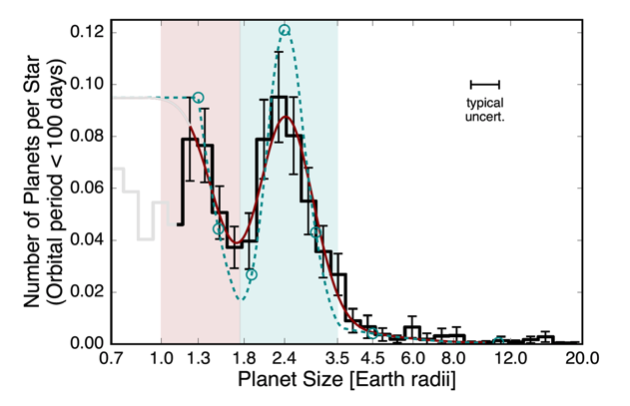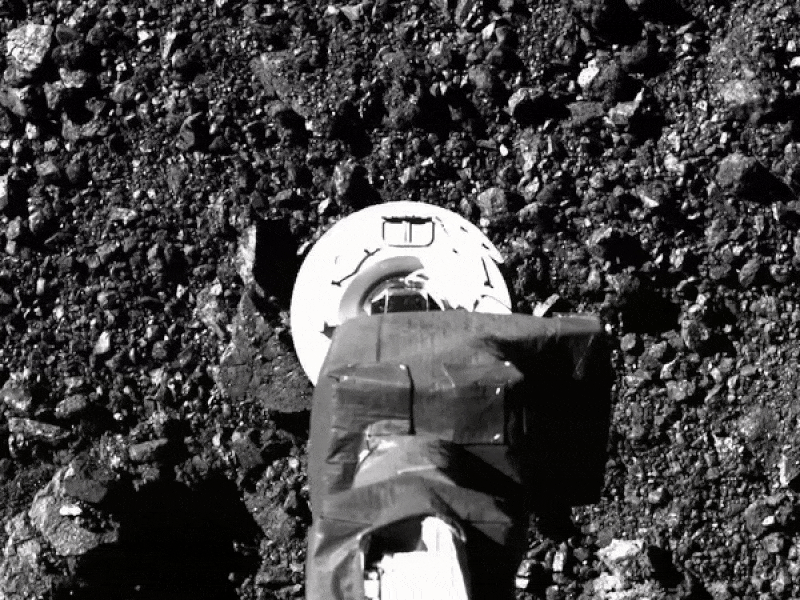White dwarf stars have been a mystery since they were first discovered. Extraordinarily hot and compact, the engima of white dwarfs was unraveled largely through the herculean efforts of the Harvard computers. Astronomers now know white dwarfs are the final stage of a violent aging process for Sun-like stars. And though astronomers originally expected such violence would spell doom for any planets in orbit, mounting discoveries show that some planets at least can survive this cataclysmic descent into stellar senescence. Whether any life survives on those planets is another matter.
Continue ReadingArchives
All posts by admin
Evading the celestial police, one Italian monk ushered in the golden age of asteroidal discovery. Once thought the remnants of a long-lost planet, asteroids are now known to have been the ingredients in the cosmic confectionaries we call planets. Though their shadows have revealed a variety of asteroids, scientists will soon get their hands on fragments of these faraway finds.
Continue Reading
Contrary to popular opinion, there are NOT 525,600 minutes in a year. That’s because the Earth takes more than 365 days to circle the Sun and come back to the same place (although defining “the same place” is non-trivial). Modern calendar systems assume 365.2422 days in a year, which works out to 525,948.768 minutes — it doesn’t quite roll off the tongue the same way, but it does give you almost 349 more seasons of love.
But that’s just for Earth. If you lived on one of the most recently discovered exoplanets, you would have fewer than a thousand love seasons. That’s because this planet, the ultra-hot Jupiter TOI-2109 b, circles its star once every 16 hours. But the fate of TOI-2109 b-ian lovers is sealed not just by their short seasons but because their planet is doomed, a sad destiny foretold by a French physicist who saw his own world rent to pieces.
Continue ReadingFrom our friends at The Idaho Statesman:
https://arxiv.org/abs/2011.11560







From a sandy spit in Florida, an ear-shattering rumble followed by a sky-splitting streak of light heralded the launch of NASA’s Lucy mission, a twelve-year effort to explore sky-borne fossils. The mission began its journey to visit seven asteroids, with orbits stretching from Mars to Jupiter.
Like artifacts from someone’s childhood, Lucy’s targets will help unravel the rich and complex story of the Solar System’s earliest days. But these targets promise an even deeper glimpse than before because of exactly where they orbit. These asteroids have been trapped for billions of years in a spiderweb woven from gravity, the subtle strands of which were teased apart in 1770s Prussia by the Franco-Italian heir to Newton’s legacy.
Continue ReadingI gave a presentation at this year’s Division for Planetary Science‘s annual meeting about the publication process for The Planetary Science Journal. The presentation is below.

WASP-12 b is in trouble. A giant ball of mostly hydrogen, the planet circles its star once every 25 hours. The resulting intense stellar irradiation drives super-sonic storms of plasma around the world, and the atmosphere has so much thermal energy, in fact, that some of it is escaping into space. But it gets worse. WASP-12 b is steadily tumbling toward its host star, and astronomers expect that, within a few million years, the star will eat the planet.
WASP-12 b is one of a few hundred hot Jupiters, gas giants very close to their stars, and so far, it’s the only one we have confirmed in a death spiral. Many other hot Jupiters probably are probably also condemned, but how many more can we find perched on the edge of destruction? And, come to think of it, how did the planets find themselves in such precarious positions in the first place? To answer these questions, astronomers need to understand how many hot Jupiters there are out there and how many more are left to be found.
Continue Reading